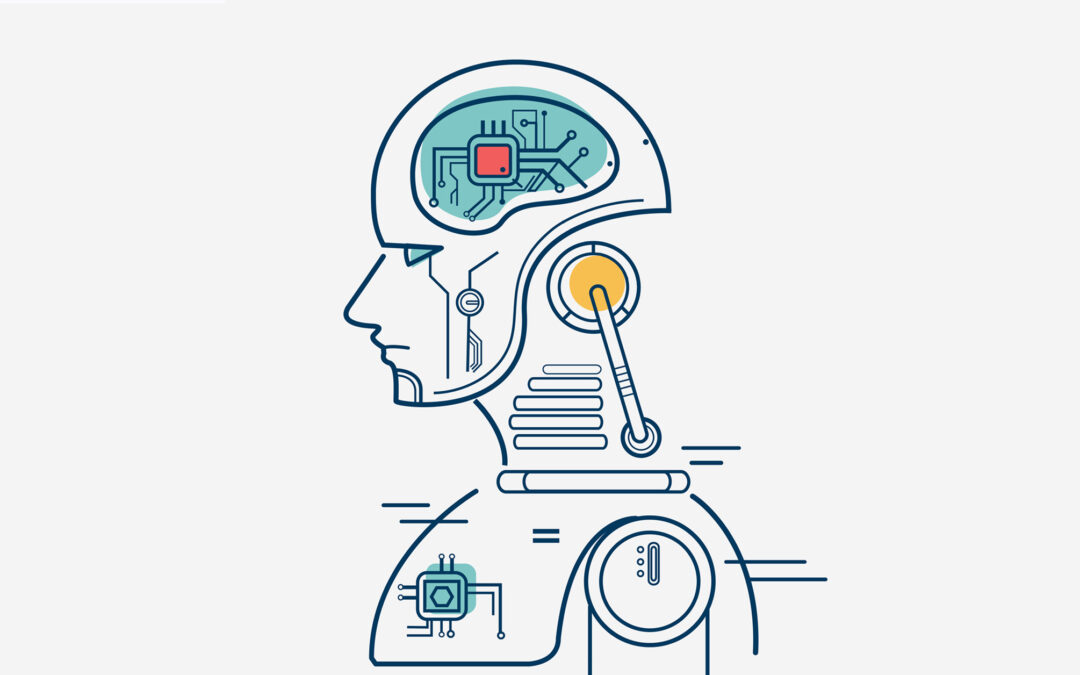In terms of artificial intelligence, machine learning, and deep learning, the second half of 2022 was full of surprises and thrilling events. There is a solid reason why AI applications have captured the attention of the entire world. They are incredible technological marvels. A form of artificial intelligence called machine learning (ML) enables software programs to offer solutions without being formally designed. The fundamental premise behind these algorithms is that they are capable of learning from data, recognizing patterns, and making judgments with little to no human involvement. This differs from conventional programming, where each rule that the program must abide by must be explicitly stated by the programmer.
In deep learning, neural networks with multiple layers of processing units are used to learn from vast volumes of data. In contrast to shallow linear or non-linear models, neural networks comprise several layers of processing units, hence the term “deep” learning. For a variety of tasks, including audio and picture identification, natural language processing, and machine translation, deep learning has shown to be quite effective. Virtual assistants and other programs that communicate with users more naively and intuitively have also been created using it.The 1950s were the birth years of machine learning. The field didn’t start producing promising results, nevertheless, until the late 1980s and early 1990s. In contrast, the field of deep learning in machine learning is more recent. It was developed through the study of artificial neural networks, which were motivated by the composition and operation of the human brain. The 1980s saw the creation of the first effective deep learning model. However, it wasn’t until the early 2010s that the discipline started to take off, mostly as a result of improvements in processing power and the accessibility of enormous amounts of data.
Use cases of Machine Learning
Healthcare:- Machine learning is being used to increase the precision of diagnostics and create new treatments for diseases. For instance, machine learning algorithms can examine enormous volumes of medical data to spot trends and anticipate how well various therapies would work. Numerous machine learning applications can expedite research in almost all areas of biology and drug discovery by properly predicting 3D models of protein structures.
Agriculture:- By boosting crop yields and boosting farming operations’ efficiency, machine learning is revolutionizing how we generate our food. For instance, irrigation and fertilization can be optimized using machine learning algorithms that analyze data from sensors on agricultural equipment. According to Markets, spending on high-end tech solutions like AI in Agriculture will increase over the following years and reach an all-time high of $4 billion in 2026. One specific use of machine learning in the real world is the analysis of plant pictures to detect pests and illnesses in crops. This can assist farmers in acting quickly to stop crop loss. To add to that, you can now develop models using machine learning methods to examine 3D mapping, social condition data, and soil color data from drones. Before we begin sowing the seeds, these models can provide you with the possible yield rates of a specific field. More information about a project like this is available here.
Retail:- In the worlds of retail and entertainment, recommender systems are pervasive. In addition to enhancing and personalizing the client experience, they want to boost sales. By providing users with content that is more likely to be relevant to their interests, this can assist enhance user engagement and happiness. Although recommender systems are used in many different contexts, they are most frequently associated with the creation of playlists for video and music services, product recommenders for online shops, or content recommenders for social networking platforms.
Transportation:- The effectiveness and safety of transportation networks are being increased through the application of machine learning. For instance, self-driving car data can be analyzed by machine learning algorithms to increase their dependability and safety. Although they are not yet available, self-driving cars are sure to transform the transportation industry in the years to come. Companies employ machine learning algorithms to forecast demand for rides in a specific location at a specific time and to more effectively match riders with available drivers. By taking into account variables like traffic, weather, and demand, they also employ machine learning to increase the precision of their pricing algorithms.
Finance:- Fraud detection is the most well-known use of ML in the financial sector. For instance, transaction data can be analyzed by machine learning algorithms to spot suspect behavior and stop fraud in real time. This can assist financial organizations in preventing losses and safeguarding the accounts of their clients. These systems are in use at every bank or financial organization. When your payment was not accepted during your most recent international journey, you might have run into them. The evaluation of credit risk is another use of ML in finance. Based on variables like credit score, income, and debt-to-income ratio, machine learning (ML) models can be used to forecast the probability that a borrower will default on a loan. This can assist lenders in managing risk and helping them make better loan decisions. Such models are already having an impact on our lives, and not all of them are doing so objectively.
Artificial intelligence known as machine learning enables software programs to learn from data and enhance their performance without being formally programmed. Many other businesses, including finance, healthcare, and transportation, use it. These industries are undergoing a change thanks to the application of machine learning, which makes it possible for them to serve their clients more effectively and efficiently.

